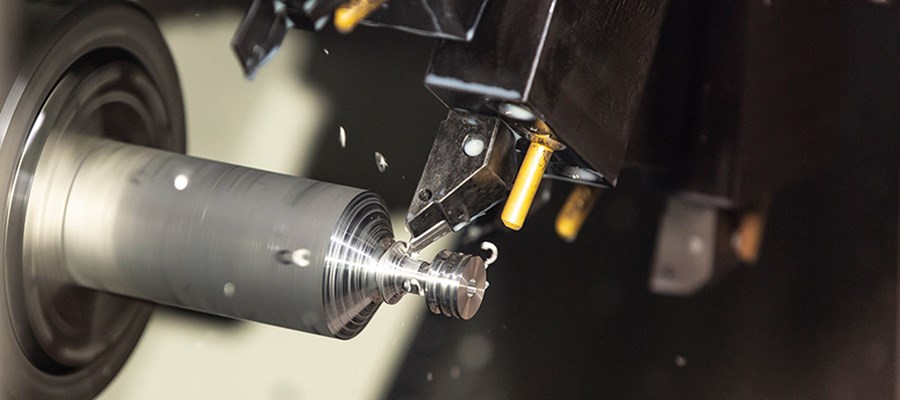
Thermoplastic Composite Materials can achieve the same strength and durability as traditional materials such as steel/aluminum; at the same time, the production/maintenance cycle of the body can be greatly shortened, and the weight and emission reduction can be significantly reduced. Thermoplastic composites are the main proof material for the development of next-generation airframe structures in the EU's Clean Skies 2 project.
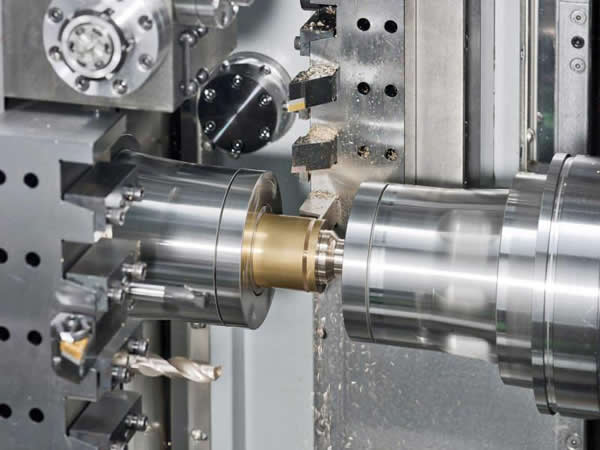
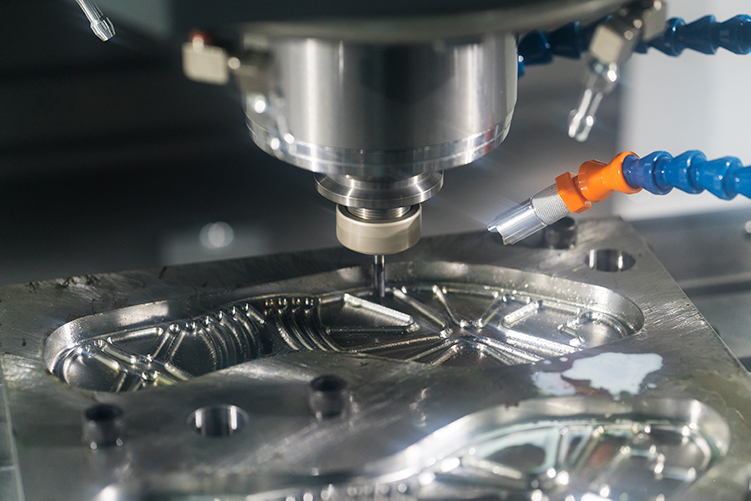
In June 2021, the Dutch aerospace joint team stated that it is expected to make the largest structural component of the "Multi-Function Airframe Demonstrator" (MFFD) (8.5-meter-long lower fuselage skin), which will significantly promote the progress of the "Clean Sky" 2 project. In the project, the goal of the joint team is to study how the different manufacturing processes can be organically integrated, so that the structural/non-structural components can be perfectly integrated.
To this end, the joint team applied new materials and attempted to manufacture the lower fuselage components of the aircraft. During the manufacturing process, the joint team applied NLR's state-of-the-art automated fiber laying technology, with the lower half cured in situ and the upper half cured by autoclave, fully understanding/validating thermoplastic composite materials and automated fiber laying technology for manufacturing The versatility of aircraft skins, stiffeners/sills/nacelles/doors and other structural parts.
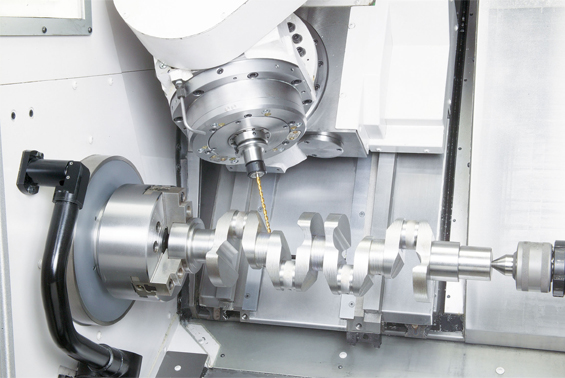
The success of this pioneering pilot project created a precedent for the manufacture of large-scale thermoplastic composite structures. Although thermoplastic composite parts are more expensive than traditional thermoset parts in terms of cost, the new material has advantages in terms of long-term benefits.
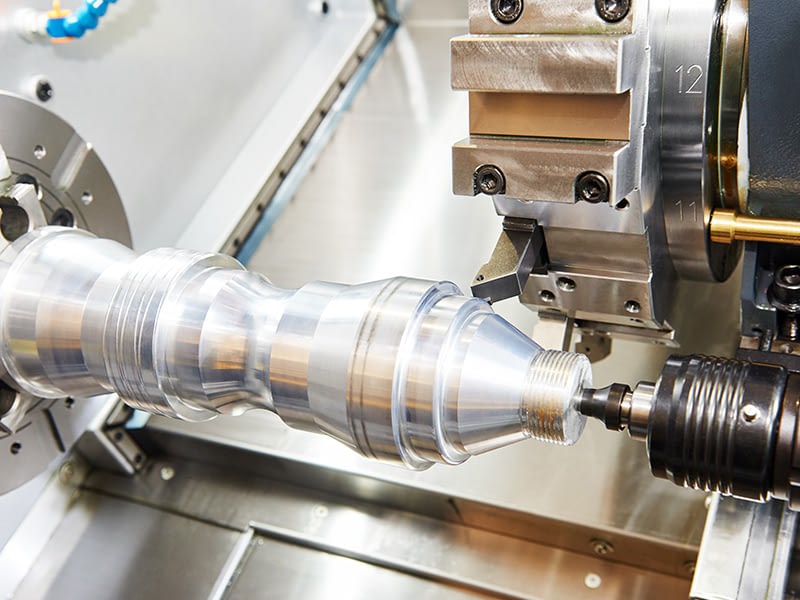
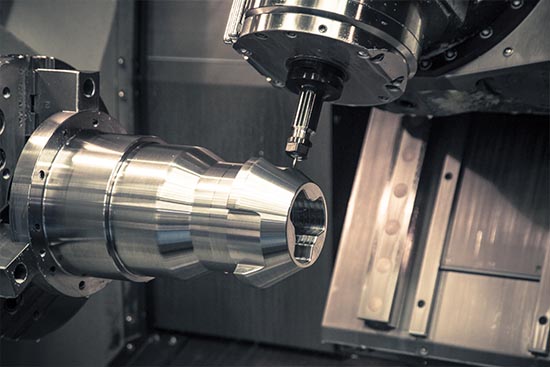
Thermoplastic composites are lighter than thermoset materials, the matrix material is tougher, and the impact damage resistance is stronger; in addition, when thermoplastic composite parts are combined, they only need to be heated to effectively connect, without the use of traditional fasteners, overall integration and lightness.
The quantitative advantage is significant.
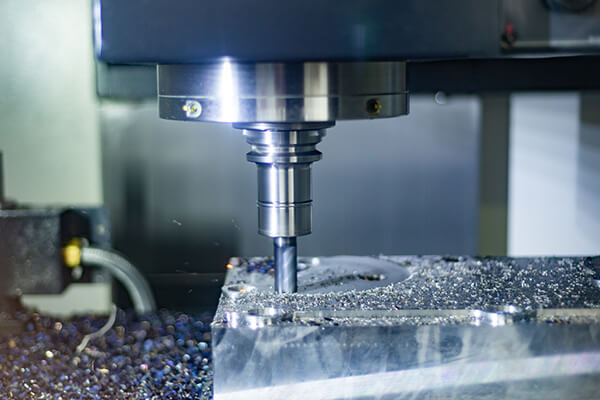
Post time: Jul-11-2022
